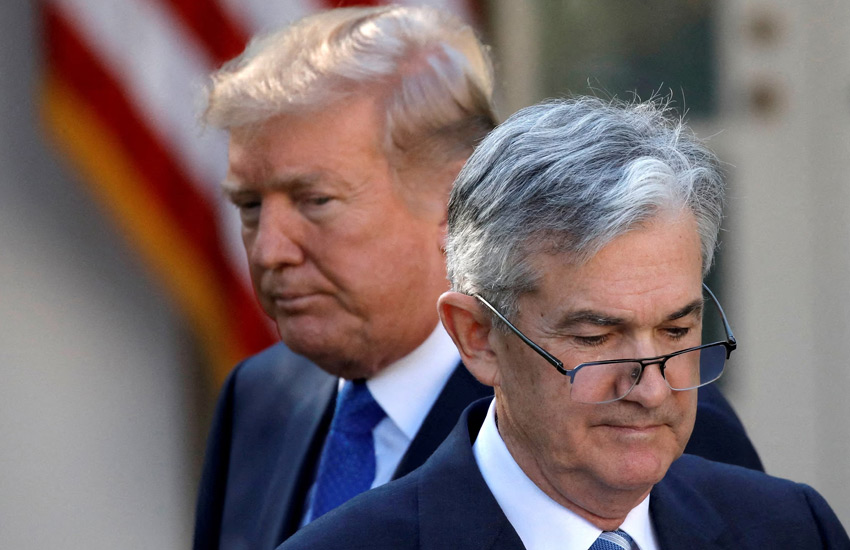U.S. President Donald Trump has made no secret of his desire to replace Federal Reserve Chair Jerome Powell with someone who will immediately cut interest rates. Thankfully, the Fed’s structure is designed to resist political pressure—one reason financial markets remain calm amid Trump’s attempts to undermine the central bank’s technocratic tradition, as outlined by Bloomberg’s Jonathan Levin.
Confirmation by Senate Approval
Any Fed chair nominee requires Senate confirmation after scrutiny by the Banking Committee. Recall how Trump’s 2020 pick, Judy Shelton—a gold-standard proponent—was rejected despite a Republican-controlled Senate.
A Multilayered Governance Structure
The Federal Open Market Committee (FOMC)—which sets interest rates—has 12 voting members: seven from the Board of Governors with 14-year staggered terms, one permanent vote from New York Fed, and four rotating regional presidents. This design was codified between 1913 and 1935 to limit political control.
Cross-Partisan Backing & Legal Safeguards
Currently, most voting members predate Trump’s term—two appointed during his first presidency and four under Biden. Powell, appointed by Obama and elevated by Trump, can remain on the board even after his term ends—a provision that would make it harder to completely reshape the Fed.
Limited Presidential Removal Power
A president may only remove a Fed governor “for cause”—such as misconduct or neglect—not for policy disagreement, according to legal precedent. This safeguard is central to the Fed’s independence, upheld even by the Supreme Court.
Open Debate Within the Fed
Despite an appearance of unanimity, FOMC debates are lively and well-publicized through speeches and interviews. “Artificial consensus” is part of forward guidance, necessary for market stability, but dissent remains real and respected.
Market Reaction: Calm Amid Storm
Markets briefly tumbled when rumors spread that Trump might fire Powell, but rebounded once he denied it. Investors largely dismissed the threat, aware of the legal and structural barriers protecting the Fed.
🏦 Elite Voices Stand Guard
Wall Street heavyweights—including Jamie Dimon and executives from Citi and BofA—publicly defended the Fed’s autonomy, warning that politicizing monetary policy would damage credibility and stability.
Bottom Line
Trump may pressure the Fed, but numerous institutional safeguards—Senate confirmations, a diverse and independent FOMC, legal limits on firing, and bipartisan market support—keep its technocratic mission intact. Markets know this, which is why they’re holding steady despite the political noise.

